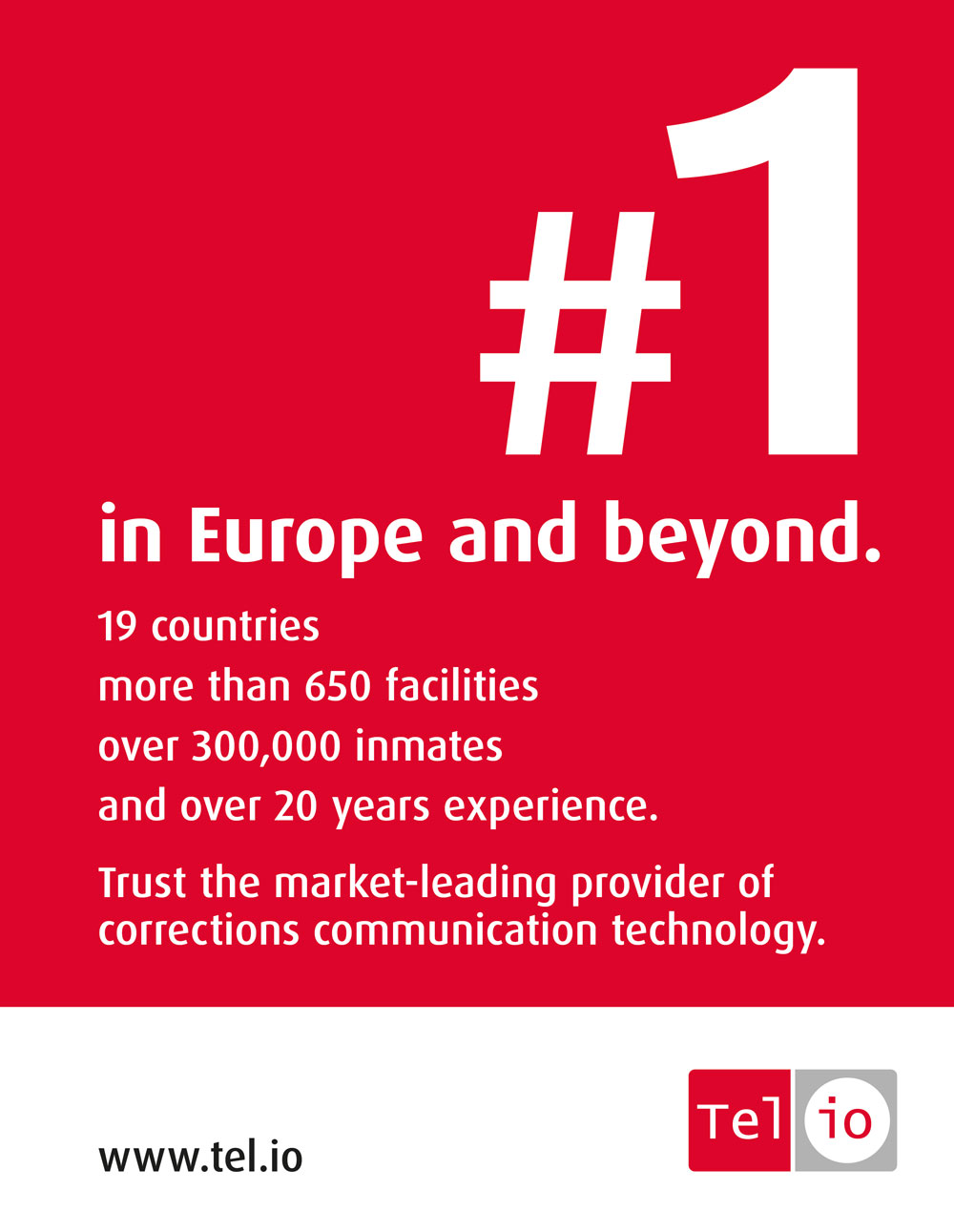The United Nations Standard Minimum Rules for the Treatment of Prisoners state that prisoners have the right to communicate with family and friends on a regular basis[1]. What is more, they indicate that inmates should be able to communicate and correspond “in writing and using, where available, telecommunication, electronic, digital and other means”.
In correctional contexts, special attention should be paid to maintaining and improving offenders’ social relations with the outside world, which come mainly from communication. Such relations are in the best interest of inmates and their families (Holt & Miller, 1972; Flanagan, 1995; Segrin & Flora, 2011; Fontaine, Gilchrist‐Scott, Denver & Rossman, 2012; Condry & Smith, 2018), and ultimately of society.
Evidence shows the positive role that communication between prisoners and their significant others[2] outside prison can have on a prisoner’s social rehabilitation. Forms of prisoner communication include visits and letters. Controlled phone calls either through hallway phones or private personal in-cell devices are shown to be of benefit. Other forms of communication include secure email/chat, videocalls, etc. All of these communication methods contribute to maintaining social and emotional ties and it can be inferred that they hold the potential to contribute to successful rehabilitation and to reduce re-offending (Hairston, 1991; Bales & Mears, 2008; Mills & Codd, 2008; Cochran, 2012 and 2013).
However, there are risks involved; terrorism and organised crime, for example, are associated with the use of more advanced communication tools. Such risks often raise a dilemma: social rehabilitation vs. the use of communication tools. It is now possible though to protect communication through tools with advanced machine learning technologies, including language identification, transcription, translation and word spotting.
Telio’s voice printing[3] (voice biometrics) solutions allow security officers to track if an identified and whitelisted B-party (the one on the other side of the inmate phone) is really the verified B-party. This is done by comparing one or more known, verified and registered voices. In this way, voice printing may also identify the relationship between offenders and real persons (not just phone numbers) while also tracking communication behaviour.
With the latest speech processing technologies (machine learning, neural networks), voice and video calls can be analysed accurately even when inmates are using a language that is unfamiliar to security staff.
Moreover, word spotting (analyzing the calls’ transcript with intelligent algorithms) can significantly reduce the need for real-time human monitoring. In addition, speech processing transcribes and converts, in a matter of seconds, a call from a source language to a target one. The software can even detect prison slang. Word spotting enables fully automated call analyses and can identify critical words of interest to security.
All these functions create a valuable security picture helping to enhance efficiency and safety in the prison while also reducing security officers’ workload.
Digitisation generates opportunities for correctional services to enhance safety while increasing effectiveness, while also addressing the human rights and dignity of the citizens in custody. At Telio we work every day to support you through this journey.
[1] Rules 43, 58, and 106. UN General Assembly, United Nations Standard Minimum Rules for the Treatment of Prisoners (the Nelson Mandela Rules): Resolution adopted by the General Assembly, 8 January 2016, A/RES/70/175, available at bit.ly/2NnE7HZ
[2] The person or people whose close relationship with an individual affects that individual’s behaviour and attitudes. A significant other is usually a family member, spouse, child, employer, coworker, friend, or lover, who serves as a role model or whose acceptance and approval is sought.
[3] Voiceprint identification can be defined as a digital combination of both aural (listening) and spectrographic (instrumental) comparison of one or more known voices with an unknown voice for the purpose of identification or elimination.
References
Bales, W. and Mears, D. (2008). Inmate Social Ties and the Transition to Society: Does Visitation Reduce Recidivism? Journal of Research in Crime and Delinquency, (Volume: 45 issue: 3), pp.287-321.
Cochran, J. (2012). The ties that bind or the ties that break: Examining the relationship between visitation and prisoner misconduct. Journal of Criminal Justice, (Volume 40, issue 5), pp.433-440.
Cochran, J. (2013). Breaches in the Wall: Imprisonment, Social Support, and Recidivism. Journal of Research in Crime and Delinquency, (Volume: 51, issue 2), pp.287-321.
Condry, R. and Smith, P. (2018). Prisons, Punishment, and the Family: Towards a New Sociology of Punishment? Oxford: Oxford Univ Press UK.
Flanagan, T. J. (Ed.). (1995). Long-term imprisonment: Policy, science, and correctional practice. Thousand Oaks, CA, US: Sage Publications, Inc.
Fontaine, J.; Gilchrist‐Scott, D.; Denver and M.; Rossman, S.B. (2012). Families and Reentry: Unpacking How Social Support Matters. [online] Available at: urbn.is/326Zmpy [Accessed 6 Jun. 2019].
Hairston, C. F. (1991) “Family Ties During Imprisonment: Important to Whom and For What?,” The Journal of Sociology & Social Welfare: Vol. 18 : Issue 1 , Article 6.
Holt, N. and Miller D., (1972) Explorations in Inmate-family Relationships, Research report no. 46. Sacramento: Research Division. Department of Corrections.
Mills, A. and Codd, H. (2008). Prisoners’ families and offender management: Mobilizing social capital. Probation Journal, (Volume: 55 issue 1), pp.9-24.
Segrin, C. and Flora, J. (2011). Family Communication Second Edition. In Family Communication (pp4–5). Abingdon, Oxon: Routledge.




